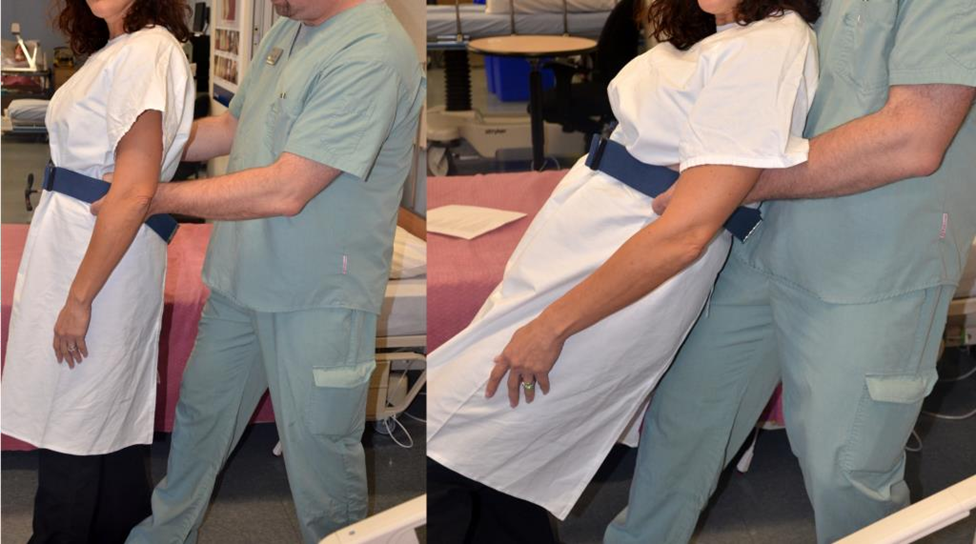A nurse is reinforcing teaching with a client who is at risk for osteoporosis. Which of the following instructions should the nurse include?
Take 250 mg of a calcium supplement each day.
Perform vigorous exercise at least 2 times per week.
Perform moderate-intensity exercise for 150 min per week.
Take 400 IU of vitamin D supplement each day.
The Correct Answer is C
A. While calcium supplementation is important for bone health, the recommended daily intake for adults at risk for osteoporosis is typically higher than 250 mg. The client may need a higher dose of calcium supplementation, along with other dietary sources of calcium.
B. While exercise is beneficial for bone health, vigorous exercise may not be suitable for all individuals, especially those at risk for osteoporosis who may have other health
concerns. Moderate-intensity exercise is generally recommended for bone health.
C. Performing moderate-intensity exercise for at least 150 minutes per week is
recommended for individuals at risk for osteoporosis. Weight-bearing and resistance exercises are particularly beneficial for improving bone density and strength.
D. Vitamin D supplementation is important for calcium absorption and bone health, but the recommended daily intake for adults at risk for osteoporosis is typically higher than 400 IU. Many healthcare providers recommend higher doses of vitamin D
supplementation, especially for individuals with low sun exposure or other risk factors for deficiency.
Nursing Test Bank
Naxlex Comprehensive Predictor Exams
Related Questions
Correct Answer is B
Explanation
A. Keeping the back bent while lowering the patient is not the most appropriate postion.
B. when a patient begins to fall, it is important to control the descent to minimize injury.
The nurse should widen their stance, bring the patient's body close to provide support, bend their knees, and use the strength of their thighs to lower the patient to the ground safely.

C. Keeping the knees straight while lowering the patient increases the risk of strain or injury to the nurse's back.
D. Holding the patient upright may not be feasible if the patient is already falling, and attempting to do so may result in injury to both the patient and the nurse.
Correct Answer is A
Explanation
A. Deep vein thrombosis (DVT) is a condition characterized by the formation of blood clots in deep veins, commonly occurring in the lower extremities. DVT can be acquired during hospitalization due to factors such as immobility, surgery, or certain medical treatments.
B. Hypothyroidism, diabetes mellitus, and hypertension are chronic medical
conditions that may be managed or exacerbated during hospitalization but are not typically considered hospital-acquired injuries. They are often present before
hospitalization and may require ongoing management during the hospital stay.
C. Diabetes mellitus is a chronic condition characterized by elevated blood sugar levels due to either insufficient insulin production or the body's inability to use
insulin effectively. While diabetes management may be necessary during
hospitalization, it is not considered a hospital-acquired injury. Instead, it is a pre- existing condition that requires ongoing monitoring and treatment.
D. Hypertension, or high blood pressure, is a chronic condition that may require management during hospitalization but is not typically considered a hospital- acquired injury. Hypertension is often managed with medications and lifestyle modifications and may be monitored and treated during the hospital stay.
Whether you are a student looking to ace your exams or a practicing nurse seeking to enhance your expertise , our nursing education contents will empower you with the confidence and competence to make a difference in the lives of patients and become a respected leader in the healthcare field.
Visit Naxlex, invest in your future and unlock endless possibilities with our unparalleled nursing education contents today
Report Wrong Answer on the Current Question
Do you disagree with the answer? If yes, what is your expected answer? Explain.
Kindly be descriptive with the issue you are facing.
